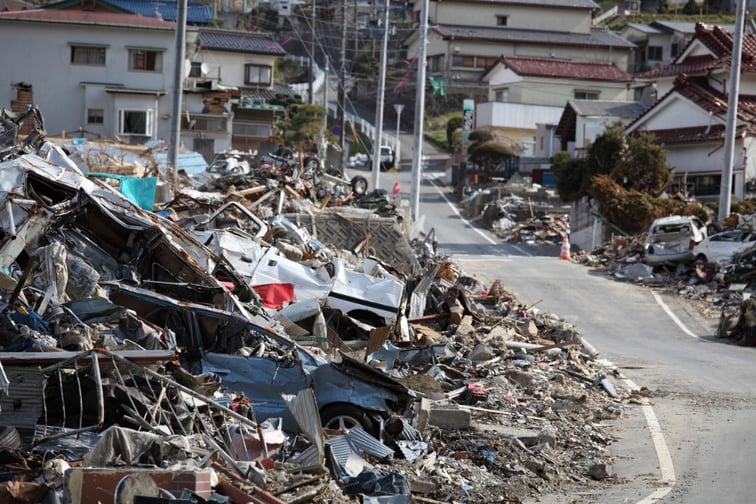
Global firms pulling back reflects mounting concerns in the financial sector

Reinsurers have started incorporating cancelation provisions into their policies in response to escalating tensions in the Middle East.
The move is primarily aimed at mitigating potential risks associated with the ongoing conflict between Israel and Hamas that began in October.
These cancelation clauses, introduced during turn-of-the-year policy renegotiations, allow reinsurers to withdraw coverage in the event of a full-scale Middle East conflict. This development, confirmed by four market participants to the Financial Times, introduces a new dynamic in reinsurance contracts, as such clauses were not previously employed.
The clauses note that in the event of activation, insurers would lose reinsurance coverage for new policies or assets, such as a commercial building damaged in a conflict. This increased risk is expected to be passed on to clients, potentially resulting in higher premiums or reduced coverage options.
The global insurance sector’s exposure to Israel through political violence and terrorism policies is estimated to be around $10 billion.
Definition and implications of an “escalation”
The acceptance of these clauses by some insurers has raised concerns within the industry, particularly regarding the definition and implications of an “escalation” in the conflict. Furthermore, reinsurers have been pushing for higher prices and limitations on coverage amounts for clients in Israel and neighboring countries like Lebanon and Jordan. There have been discussions about excluding these countries from framework contracts, although these have seen limited success.
According to a report by Aon, reinsurers are seeking to increase prices and reduce coverage in Israel and the surrounding region. This has led to significantly higher costs for both international and local groups seeking to insure infrastructure and property. In some cases, businesses are opting to renew their insurance policies without coverage for assets in Israel, relying instead on state compensation funds.
The global reinsurance industry, with approximately $600 billion in capital, has been increasing prices following years of inflation, natural disasters, and the impact of Russia’s invasion of Ukraine. These factors have contributed to a general rise in business insurance costs globally.
Similar measures were taken by reinsurers in response to the war in Ukraine, including the exclusion of certain countries from contracts. The recent introduction of cancelation provisions has caused frustration among underwriters, reflecting the industry’s growing concern over geopolitical risks.
The company stated that for existing business in Israel and neighboring countries, it prefers to limit accumulations rather than seeking full or partial exclusions.
What are your thoughts on this story? Please feel free to share your comments below.
Keep up with the latest news and events
Join our mailing list, it’s free!

This page requires JavaScript


















